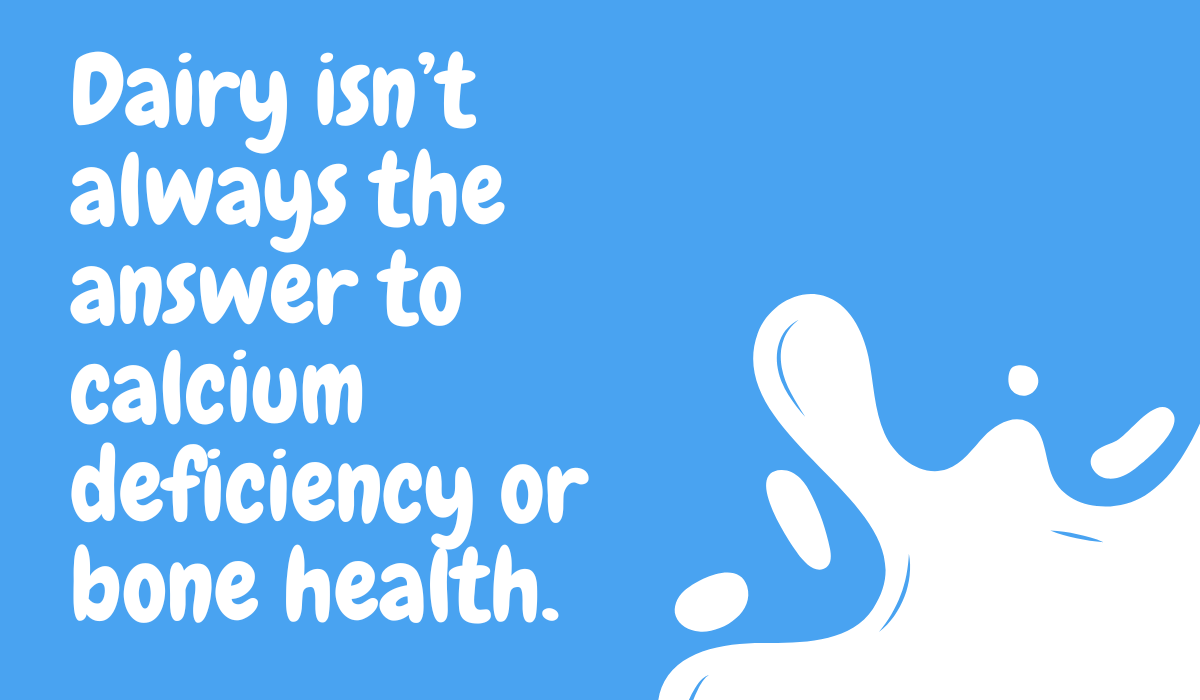“Drink milk for strong bones”—is it really that simple?
For decades, dairy has been positioned as the hero food for calcium and bone strength. From school lunchboxes to old-age dietary advice, milk and its cousins (paneer, curd, cheese) are treated as must-haves for maintaining healthy bones and preventing osteoporosis.
But at IntuiWell, we’ve seen a different story unfold.
People walk in with:
-
Regular dairy intake
-
Still-low calcium or vitamin D in blood reports
-
Complaints of joint stiffness, cramps, or brittle nails
-
Bloating or heaviness after consuming milk or paneer
So what’s going wrong?
1. Calcium Isn’t Just About Quantity—It’s About Absorption
You could be consuming enough calcium through food, but if your body can’t absorb or utilize it, it’s like pouring water into a bottle with a hole.
Real-life example:
A 38-year-old woman came to us with cramps and hair thinning, despite having curd twice a day and one glass of milk. Her calcium and vitamin D were still on the lower end.
When we checked deeper:
-
Her gut was inflamed from chronic acidity and overuse of green tea
-
She had a magnesium deficiency
-
She skipped fats in her meals (needed for vitamin D absorption)
We reduced dairy, corrected the gut, added ghee, magnesium, and sun exposure. In 6 weeks, her energy improved and cramps reduced.
2. Dairy May Not Suit Everyone
Many Indian adults develop lactose sensitivity with age. Symptoms don’t always show up as full-blown diarrhea. Sometimes, it’s:
-
Post-meal bloating
-
Heaviness or brain fog after curd or paneer
-
Acne or skin breakouts
In such cases, continuing dairy in hopes of “getting calcium” might worsen gut health further, affecting absorption of other nutrients too, like B12 or iron.
3. Calcium Needs Co-Factors to Work
Think of calcium like a raw material.
But raw material is useless unless you also have the tools and workers—in this case:
| Nutrient | Role | Found In |
|---|---|---|
| Vitamin D | Pulls calcium into bloodstream | Sunlight, mushrooms, fortified foods |
| Magnesium | Retains calcium in bones | Pumpkin seeds, coconut water, banana |
| Vitamin K2 | Pushes calcium into bones, not arteries | Ghee, fermented foods |
| Good Fats | Help absorb vitamin D | Ghee, nuts, seeds |
Without these, calcium gets consumed but not utilized—and may even deposit in the wrong places (like arteries instead of bones).
4. Healthy Gut = Better Mineral Uptake
Calcium is absorbed in the small intestine. If your gut is inflamed due to:
-
Excess green tea or coffee
-
Long-term antacids
-
Raw salads or dry fiber without hydration
…then even the best diet won’t translate into better calcium levels.
5. Alternatives to Dairy That Actually Work
Everyday Indian Foods Rich in Calcium:
-
White sesame seeds (til): 1 tbsp = 80–100 mg calcium
-
Ragi (nachni): Great in dosa or porridge for kids and adults
-
Rajgira (amaranth): Popped or in laddoos
-
Moringa leaves (drumstick greens): Dry powder or fresh sabzi
-
Figs (anjeer): 2 soaked figs = 60–80 mg
-
Soaked almonds, chia seeds, curry leaves, and makhana
Practical Tip:
Make a sesame-methi chutney, ragi cheela, or rajgira tikki. Add 1 tsp ghee for better absorption.
6. When You Shouldn’t Rely on Dairy Alone
Dairy might not be enough if:
-
You skip sunlight due to work-from-home or sunscreen use
-
You’re vegan or vegetarian with poor protein intake
-
You over-rely on raw salads without digestive support
-
You consume excess tea/coffee around meals (which blocks calcium)
Final Insights from IntuiWell
We’ve worked with people who had “perfect” calcium diets on paper—yet still had weak bones, poor sleep, or delayed recovery from injuries.
What worked wasn’t just more milk or supplements—but fixing the environment:
-
Gut healing
-
Correct timing of nutrients
-
Smart combinations (e.g., sesame chutney with lemon juice and tadka)
-
Restoring balance of co-factors like D, K2, magnesium, and salt
Conclusion
Calcium is not a solo player.
It’s part of a complex orchestra—gut health, vitamin D, magnesium, fats, lifestyle—all must work in sync.
Instead of asking, “Am I having enough calcium?”
Start asking, “Am I absorbing and using what I eat?”
Because strong bones and a healthy gut don’t come from one food group—they come from right timing, balance, and personalization.
This is exactly what we do at IntuiWell—help you build a system that works with your body, not against it.



